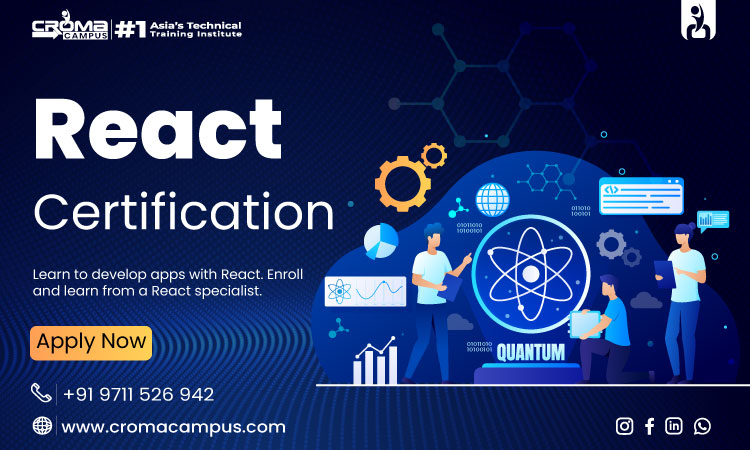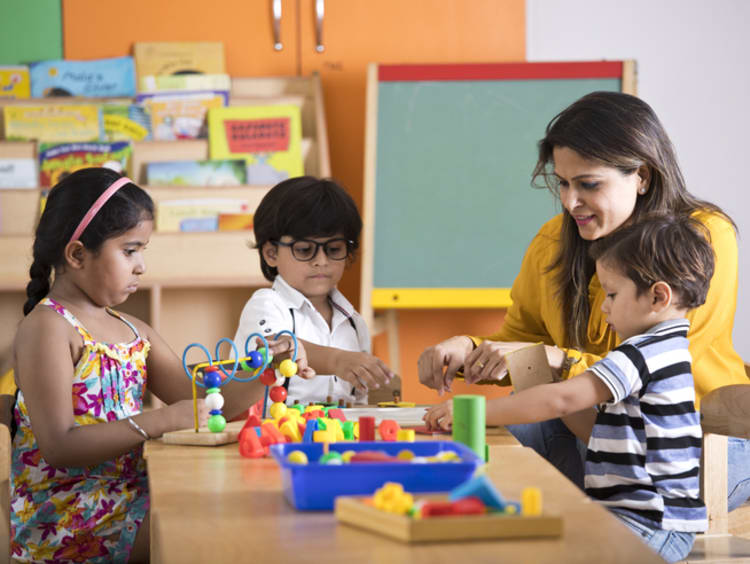In the quest to make learning more impactful and engaging, teachers often find themselves facing substantial challenges. Today’s classrooms are brimming with diversity, presenting unique needs that traditional teaching methods can sometimes fail to meet.
This is where the innovation of interactive smart boards comes into play. These advanced tools are not just modernizing the classroom; they are reshaping the educational landscape by providing solutions to some of the most persistent classroom challenges.
Addressing Classroom Challenges with Smartboard Technology
Here are the top five challenges in a classroom that can be easily solved using smartboard technology. High-tech interactivity offered by smartboards dynamically provides solutions that increase engagement and communication, ensuring inclusiveness. Using Smart Boards or modern technology in education is one of the key Strategies to Improve Academic Performance of Students.
By using the capabilities of modern tools, you can transform the old ways to suit the diverse needs of you students, letting no student be left behind.
1. Disengaged Students
While there are many educational system problems, one of the commonest remains to be student engagement. Traditional lectures are based on one-way communication, that is, students will attend in body only, mentally checked out.
This simple lack of engagement produces some of the most critical issues: bad retention of information and a boring learning experience.
These static environments found in the classroom are breathed upon by interactive smartboards. Lessons become lively and multi-sensory experiences that truly capture the attention of students.
A geography lesson might be made exciting when using interactive maps to zoom in on various regions. Even watching videos on climate while taking part in a real-time prediction of the weather. Such activities make learning exciting, incredibly memorable, and a whole lot more inviting for students’ participation and engagement.
As you know, the world is rushing due to the emergence of new technologies such as Artificial Intelligence and Machine Learning. New things are coming up every week or month, and the nature of the problems people face is also changing.
Improving creativity in students is essential in understanding new trends and creating new types of complex problems.
2. Diverse Learning Needs
The methods of grasping information differs from student to student. Every student has different individual needs: visual, auditory, or kinesthetic. Traditional teaching aids often miss the mark of delivering on these multiple varieties of needs at the same time, thereby leaving some learners behind. In short, traditional learning methods can provide personalized learning to students in the classroom.
Addressing this issue head-on is with the replacement of the traditional wooden board with an interactive smartboard, which offers a multimodal approach to teaching. These boards integrate videos, interactive texts, graphics, and sound in a single lesson, thus appealing to all senses and learning preferences.
For example, the graphical presentation of historical events is ideal for visual learners while kinesthetic learners can connect through interactive timelines that they manipulate through touch. This makes sure that everyone finds a way to connect with material and fosters a much more effective and personalized learning environment.
3. Inadequate Feedback Mechanisms
In fact, effective learning requires feedback. Moreover, the usefulness of any learning experience is largely contingent on timely feedback in practice. On-time feedback by traditional methods is very hard to obtain. Traditional assessments do not have any useful information to provide valuable feedback.
Smartboards can integrate digital assessments into the learning process; thus, it revolutionizes mechanisms of providing feedback. Instant quizzes and polls can be set up by the teacher, who can determine whether the students answer them using the smartboard, receiving immediate results.
This immediate result helps the teacher know and respond quickly on what areas the student fails and adjust the instructional strategies accordingly. It also allows the learners to have quick knowledge of their mistakes and learn from those mistakes through the reinforcement of knowledge right at the moment of learning.
4. Limited Collaboration Opportunities
Collaboration is essential for developing critical thinking and teamwork skills. However, managing collaborative exercises in a traditional classroom can be cumbersome and often ineffective.
Using a Smart Board for teaching transforms collaborative work, making it interactive and more manageable. For example, multiple students can work on the board simultaneously using its multi-touch capabilities. During a science experiment, they can all draw diagrams, annotate their work, and even integrate multimedia into their presentations.
This approach not only makes collaboration more enjoyable but also helps students understand the skills they will need in both the present and future workplaces.
5. Restricted Access to Resources
In traditional classrooms, this often leads to teachers’ inconvenience in trying to integrate a wide range of resources into lessons. This does present a limitation in delivering rich and varied content in a wide base educational curriculum.
This barrier has been removed by smartboards, which integrate seamlessly with the internet and various education platforms. Educators can now have access and display a variety of digital resources— historical archives and scientific databases, for instance, or real-time global news—right from the smartboard.
It lets you take the world into the classroom and let students see broader perspectives and deepen understanding of what they are being taught.
Transforming Educational Environments with SENSES Smart Whiteboard
At the cutting edge of this technological advancement is the SENSES Smart Whiteboard, designed to specifically overcome these educational challenges.
The 4K Ultra HD screen of the board makes the images and videos crystal clear for the student’s view, hence learning is visually striking and highly engaging.
Breaking language barriers, the translation provision of this board makes it inclusive and easily accessible for students who belong to diverse linguistic backgrounds.
For instance, 3D shape technology makes the introduction of abstract concepts that are made vivid, hence enabling better understanding in mathematics and science.
Conclusion
Interactive smart boards like SENSES Smart Whiteboard change the teaching and learning process in class. This tool not only addresses the traditional challenges of education—such as engagement, diversity, feedback, collaboration, and resource access but also elevates the learning experience to new heights.
Implementing interactive smartboards transforms teaching styles and classrooms to places where effectiveness, inclusivity, and dynamism are displayed as the potential of every student is realized.
Interactive smart boards are not merely an addition to the modern classroom; they are a necessity for any educational institution looking to prepare its students for a successful future in an increasingly digital world.







